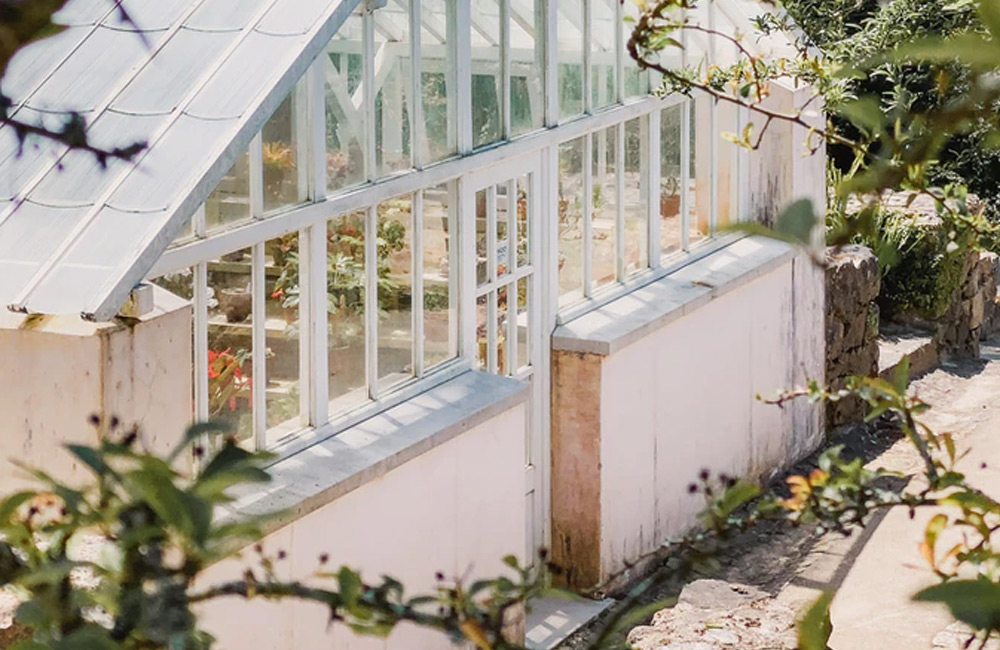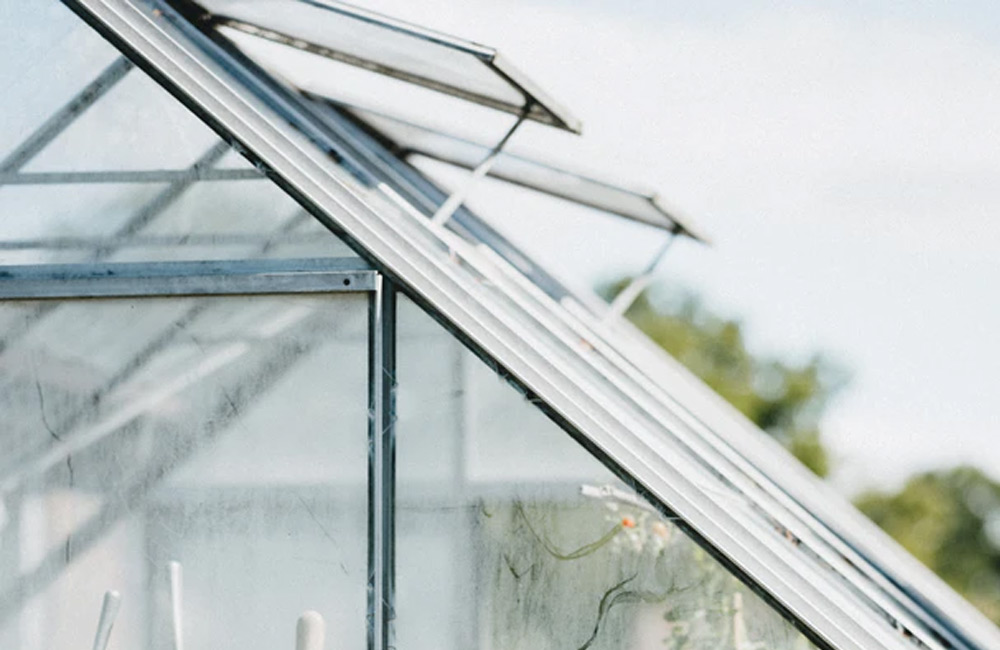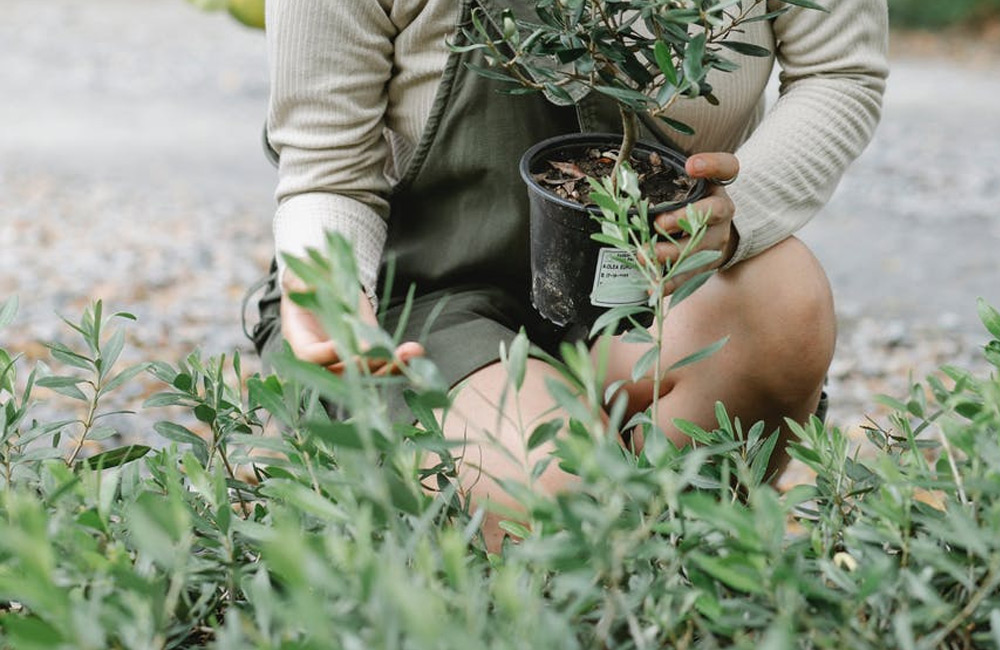Beginners Guide to Greenhouses

How to Use a Greenhouse?
Understanding Greenhouse Features
From basic, cold-frame structures to beautifully crafted, full-sized glass structures, greenhouses come in as many sizes and styles as there are people who want them. Greenhouses can even include electricity, heat, furniture, shelves and other storage, and lighting.
Each feature adds to the versatility of your greenhouse. If you want to spend some time in the greenhouse after a long day of work, lighting allows you to do so without the rush of trying to beat sunset. Imagine a relaxing evening of pressing seeds into the rich, dark soil in preparation for those beautiful green shoots coming up when the weather gets warmer. Add a heating system and not only will you be more comfortable while you do this, but your plants will be able to come up sooner and get a jump on the coming growing season. You can even grow some plants all year round with a system like this.
Obviously, not everyone will be able to kit out their greenhouse with every feature available, so think about those you could have, and compare them to what is most important to you when it comes to your gardening aspirations.
Need a starter greenhouse? checkout our small greenhouses here
Controlling Temperature
The interior of a greenhouse should be between 26.5°C to 30°C (80° to 85°F), and to keep it in that range despite the shift of outside weather takes some preparation. The main process that keeps a greenhouse warm is the capturing of solar radiation by the glass. The sun’s rays go through the glass, into the interior, but the change in wavelength from passing through the glass the first time means that they bounce around inside, heating the interior way beyond the outside temperature. We all know this from days when we leave a car closed in the sun. A greenhouse interior can quickly heat up to more than 38°C (100°F) on a warm day – a temperature that could stress or even kill a lot of typical greenhouse plants.

For this reason, and others, all functional greenhouses include vents. Vents are usually placed in the roof of the structure or high up on the sides, though sometimes a combination of low and high placement is used to prevent ‘dead spots’ on no or little air flow. Most non-commercial vents are manually operated, requiring the operator to open them in the morning and close them at night, adjusting them according to the outside temperature and conditions. There are, however, automatic systems that take this job off of the hands of the operator. Once these systems are set up, they operate using sensors that can start a heating system, open or close vents – just like the heating system in your home reacts to changes in temperature. Like your home system, these can also be set to work on a timer. Automatic vents are, however, considerably more expensive than manual ones.
Of course there are other things you can do to ensure that your greenhouse doesn’t overheat. Open the door for cooling the interior on hot days (securely propped open to prevent slamming in a breeze); propping open a cold frame lid does the same thing. You can also add a fan to the greenhouse to increase airflow during certain times.
Need greenhouse vents? shop here now
Bonus Tip: Shade Cloth
Sometimes even venting is not enough to protect the interior of your greenhouse from summer overheating. In that case, shade cloth is a great way to stop the process of capturing that solar radiation altogether. Shade cloth is a dark-coloured material that rolls down over the roof and/or sides of your greenhouse. The more of the glass that is covered, the less efficient your greenhouse will be at capturing heat, so you can roll out more or less throughout the year to regulate the temperature inside your greenhouse.
Humidity
Each type of plant needs to be within a certain range of humidity for best growing results. Most greenhouse plants (except for cacti) need a humidity level of 50% or higher.
Adding humidity to a greenhouse is pretty easy. Simply place a tray of water in the greenhouse and the sun will do the rest, evaporating it up into the air. To make sure this process happens at a steady, prolonged rate, try filling the trays with pebbles first, then pouring water in until it covers the pebbles. These trays can be placed right underneath the plants to ensure that the humidity is on hand for their use.
Greenhouse Benches & Work Surfaces
A greenhouse bench is not a normal bench – it is more than just a slab of wood on legs. A greenhouse bench is a kind of table with a lip running around the edge. Wooden ones usually have an insert to protect the wood from standing water. Metal versions often have a mesh top, so water can flow freely through it and not cause rusting or corrosion.
Greenhouse benches are a great way to keep the mess of certain gardening tasks confined to a certain place.
Watering
A common question of new growers is ‘How often should I water the plants?’ Most people are looking for a schedule, like ‘once per week,’ but this is a mistake. There are a lot of variables that affect when a plant needs to be watered and, even in a greenhouse, you can’t control all of them.
In winter, when the greenhouse is cooler and the days shorter, watering every ten days might be enough for a seed bench. In the summer, this can increase to even once or twice per day, depending on how well you can control the interior temperature.
The best way to determine when to water your plants is to pay attention to them. You can gage the moisture level of the soil either my looking at it and feeling it, or you can go high-tech and use a moisture metre.

When To Plant Seeds
Increasing the length of the growing season is one of the main reasons for using a greenhouse. Starting plants earlier in the year, when they might be killed off by frost if outside, allows you to get a big jump on the regular season. The same goes for the autumn, when you can keep your bumper crops protected from weather and pests while they reach their full ripening potential. With the right setup you could even grow certain plants all year long.
There are certain things you will want to have though, to ensure the best results. These include containers, sterile soil (free from pests), fertiliser (specific to what you are growing) and plenty of convenient water.
It is also a benefit to have some source of heat to help out those tender young plants at the beginning of the season. A propagation heating mat is a good choice.
Having the right greenhouse means the ability to garden all year long. In the spring, start your planning and plant your seeds. Transplant them to pots when they are big enough. In the summer, you can start your flowers for the fall, and keep some plants safely in the greenhouse. In the fall, you can grow amaryllis bulbs and other holiday plants like Christmas Cactus. When winter comes, some vegetables will be quite happy in a greenhouse. Try lettuce and cabbage, swiss chard, or even flowers like geraniums. Set aside a corner of your greenhouse for experimenting with other varieties. You may be surprised at what you can grow over the winter.
Pest Control
Not everything is joy and laughter when it comes to growing in a greenhouse – there are drawbacks too. That protected environment your plants enjoy is also enjoyed by certain pests. Growing in the winter may mean that the natural predators of those pests are in short supply, increasing the danger to your plants. Included in the dangers are moulds, fungi, and viruses. The best defence is to ensure good air flow and to isolate infected plants immediately. A sharp eye is needed.
Visit South West Greenhouses for a wide range of brand new greenhouses to buy online today.
Also check out:
 Author:
Author: